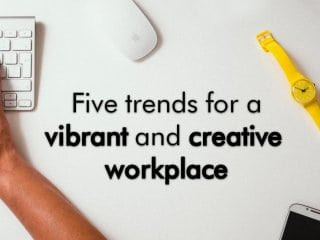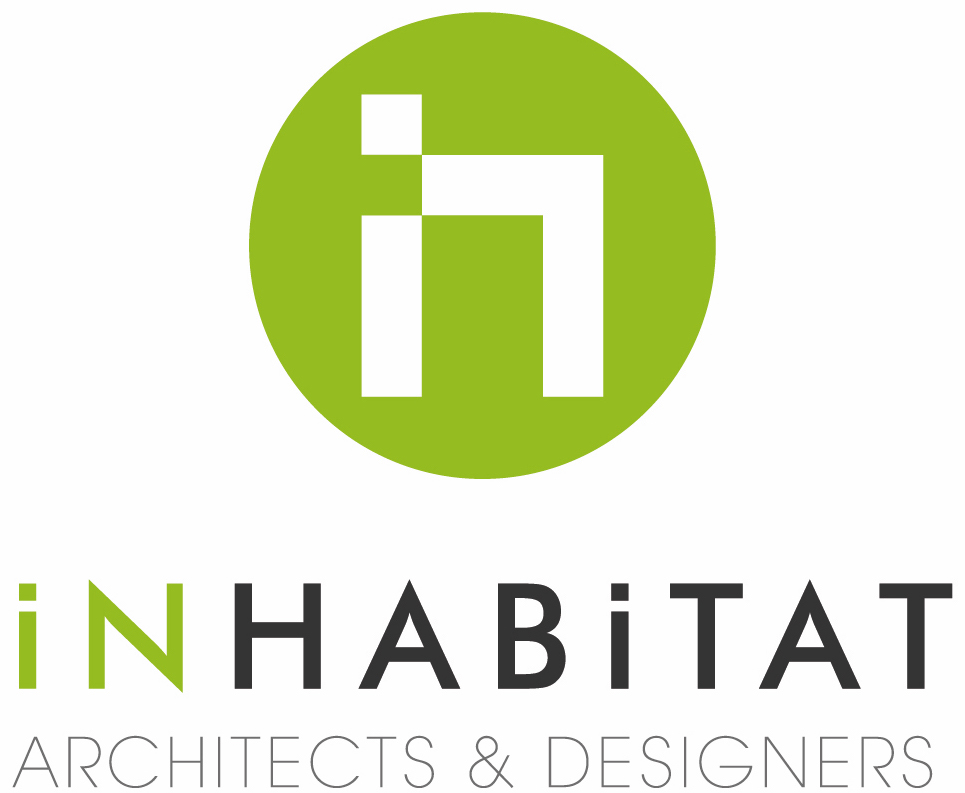Workplace Design – 5 Trends Worth Knowing About Creating Vibrant Workplaces

The way we live, work and play has changed and there is no going back. The days of the private office, the cubical desk panelled with light blue fabric and the tea lady are well gone. We now want our work to be more life-like. Open plan bright and airy, packed with stimulation, engaging and even fun! Business owners are finding it more challenging to find and retain good staff. Creating vibrant offices is the key to attracting and retaining talented individuals. Providing flexibility and choices for where, when and how work happens is also critical for attracting the best and brightest people. And here is when good strategic space design and architecture makes a difference.
1- PRODUCTIVITY
Buildings and their surroundings can affect overall performance. The wrong kind of noise can hinder productivity but good sound can boost productivity by taping on the ‘feel good factor’. Lighting is generally viewed as positive, except when it causes glare so it needs to be properly controlled. Discomfort employees often complain about include issues with thermal comfort or air quality, lack of natural light, noise, spaces that feel crowded and poor ergonomics. Get these right and you will have happy productive employees.
2- ENGAGEMENT
The workplace can engage employees by acting as a communication tool that encourages the recognition of individual or team contributions, sharing goals or objectives, and providing spaces for effective collaboration. Involving employees in the design or retrofit of a workplace also provides a wonderful opportunity for engagement. Everyone loves to be listened to when it comes to shared environments.
3- ACTIVITY-BASED WORK SETTINGS ARE ON THE RISE
Because the nature of today’s work is so complex and unpredictable, a single, all-purpose workstation doesn’t cut it for most knowledge workers. Workplace designers need to provide a variety of ‘activity settings’ or purpose-built areas for specific activities accessible to all.
Activity settings might include impromptu meeting areas, formal meeting spaces, project rooms, individual work spaces or break areas that make up for the shortcomings of exclusively cellular or open-plan environments. One size does not fit all.
4- CHANGE MANAGEMENT WORKS
If you were given a new piece of software with no instructions on how to use it, would you be able to get the best out of your investment? Probably not. The same goes for a new workplace. When employees are experiencing new furniture, adjusting to a renovated office or moving into a different building, they need help learning how their new “tool” is supposed to work. The better they understand their space and the technologies that support it, the more likely they are to get the most out of their work experience. Be patient and allow time for emplyees to learn how to best work in their new environment, this will pay off.
5- PEOPLE MATTER
If there is one macro-trend that encompasses all, it would be the growing emphasis on people. Workplace design and strategy can play a huge role in helping to maximize the comfort and performance of occupants. Engaging with employees on how the workplace can best support them has to be the way to a great start.
